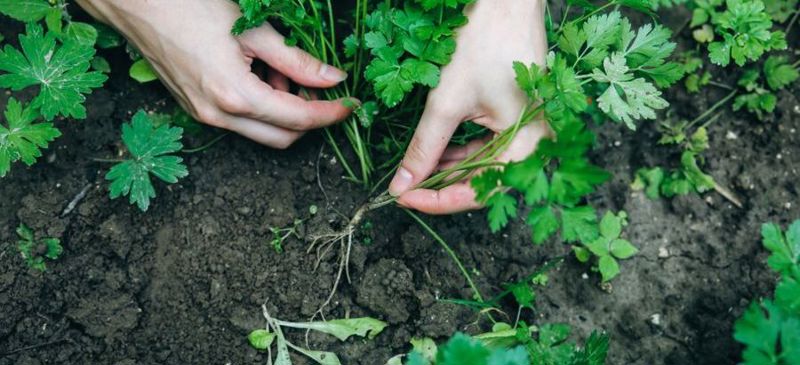Yates Account
Join now
Create a Yates account today!
Sign up to join the Yates Garden Club for monthly e-mails packed with seasonal inspiration, tips for success & exclusive promotions.
Plus if you’re a Garden Club member you can take part in the Yates Growing Community - a blog to share successes, get advice & win prizes in fun challenges along the way!

Forgot password
Enter the email address associated with your account, and we'll email you a new password.

We all make mistakes, even the most seasoned gardener. We hope this list may help in avoiding common gardening mistakes.
Grow plants in suitable locations
Pay attention to the sunlight recommendations for plants. If the information tag recommends shade, don't put the plant in full sun. Most plants that are described as needing full sun will do just fine out in the open all day, however the same goes for moisture levels - don't place moisture-loving plants in an area that is dry most of the time.
Did you know that if you plant up against a brick wall, that brick will absorb a lot of heat during the day. Make sure any plants you place near the wall are heat-tolerant.
Bad watering techniques
Many gardeners water too frequently and too shallow. The proper way to water is infrequently, but deeply.
Over-fertilising
In the case of fertilisers, more isn't better. Carefully follow application instructions provided on fertiliser containers.
Failing to prepare your soil for planting
Most people opt to use cheap soil and herein lies the problem, it’s usually stripped of any nutritional benefits for your growing plants. Preparing soil creates the best foundation for a healthy garden. Yates Dynamic Lifter Organic Plant Food improves soil health by increasing water and nutrient retention while encouraging earthworms and microorganisms. It provides complete plant nutrition with organic slow-release nitrogen, phosphorus and potassium for better root growth, stronger plants and more flowers and fruit. Nothing lifts gardens like Yates Dynamic Lifter Organic Plant Food.

Plant spacing not adequate
When planting vegetables, spacing can be a confusing topic. So many different kinds of vegetables need different spacing; it’s hard to remember how much space goes between each plant. In order to make this easier, use this handy formula to calculate your spacing requirements:
1. Divide 1m2 by the desired planting centres (this will be listed on the seed/seedling label) i.e. if you need to plant 30cm apart: 1m2 ÷ 0.3 = 3.33
2. Multiply 3.33 (top edge) x 3.33 (side edge) to get 11 plants per m2.
3. Multiply this number by the number of square metres required to get the number of plants needed.













Share
Share this article on social media